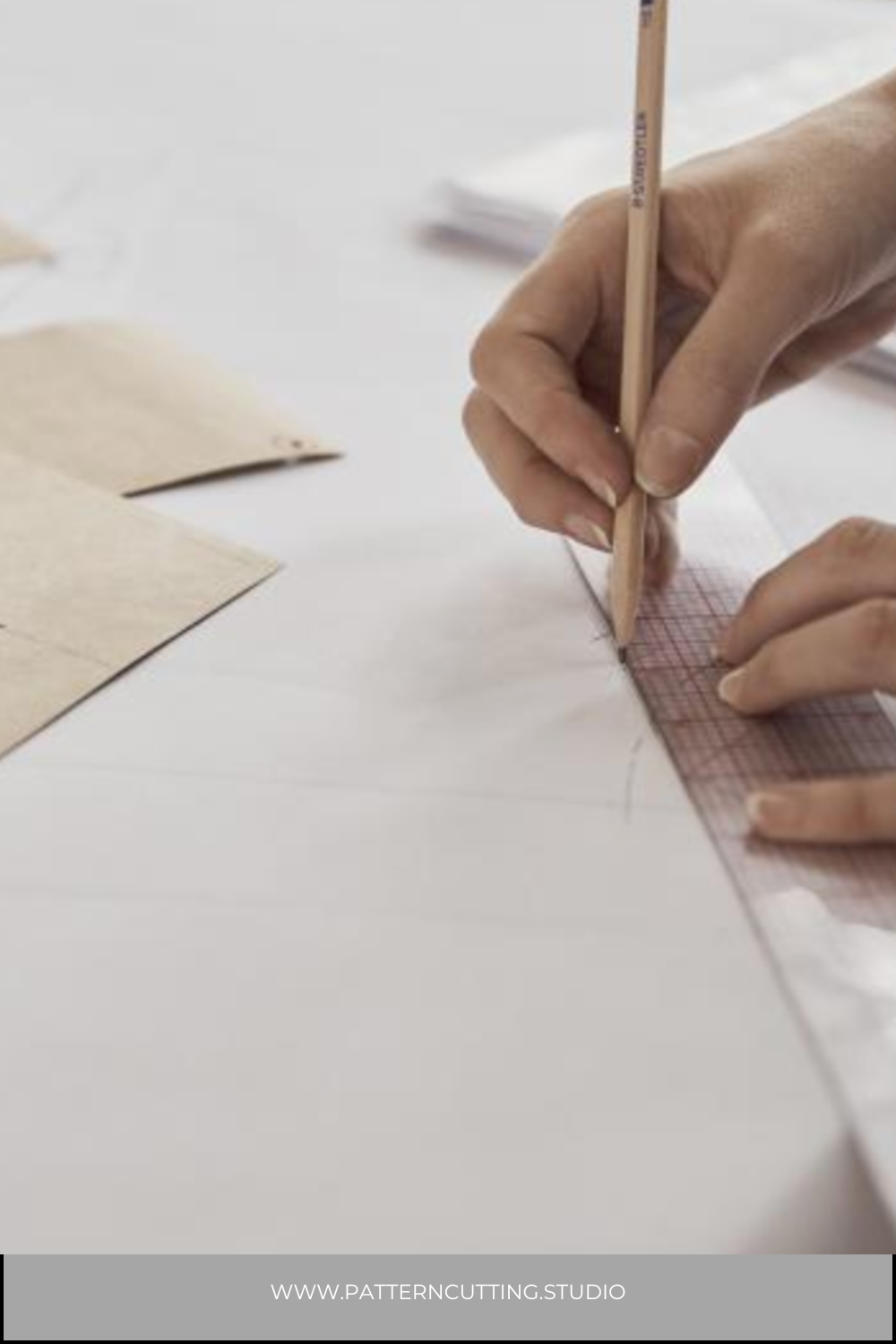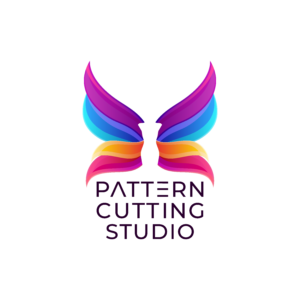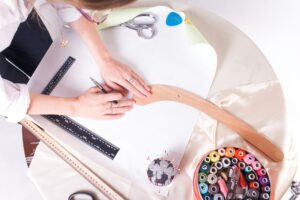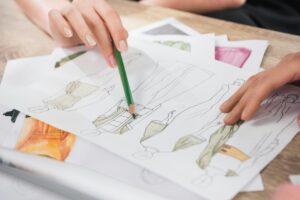The pattern development process can be a confusing one, and there are common mistakes that even experienced designers tend to make. I’ve been in the industry for over two decades, working closely with fashion designers and helping them to develop and produce their collections. I’ve seen many silly and not-so-silly mistakes that can cause substantial damage along the way.

Product development is challenging; there are many dynamics that a fashion brand owner needs to be aware of and manage simultaneously. Sometimes you, the fashion designer, need to start thinking of the next collection before the current one is even finished! There is the added pressure of being different yet commercial and staying ahead of the curve. No wonder mistakes are made under such pressure!
Many say that preparation is the key to success, and this is true. We have a whole blog post dedicated to the pre-development processes (you can read it here). Nonetheless, I want to share three things that a fashion entrepreneur needs to avoid at all costs when working with a pattern cutter. Surprisingly, these three mistakes happen far too often and are repeated over and over again. I assume fashion designers just don’t have time to stop, reflect and learn from their mistakes. So, let’s unpack these mistakes together. I hope it will help you to run your fashion business smoothly.
Pattern Cutting Mistakes to Avoid:
- Don’t start pattern cutting without confirming all your raw materials. Make sure that the pattern cutter has a swatch of each fabric that will be used. They will then construct the pattern according to the amount of stretch and weight. Furthermore, depending on the quality of the material, your pattern cutter will select finishes and width of seam allowances.
Recently, there was a designer who booked a mentoring session with me. She was distressed because a sample of her pattern did not fit over her head, and there was no way to put the dress on. She blamed her pattern cutters and the sewing factory for the mistake. It didn’t take long to figure out what went wrong. At the sampling stage, the designer swapped material for non-stretch fabric; obviously, the pattern construction wasn’t suitable for this type of fabric. Naturally, the pattern cutter didn’t foresee material changes and assumed that the neckline would easily stretch over a head.
That brings us to the second point.
- Do not panic if things don’t go according to plan. It is easier to bounce back and fix mistakes that happen during the development stage. In fact, you should be happy that your plans derailed, and errors surfaced before going into production. Can you imagine the scale of the problem if it is not fixed during development? Production errors are always on a larger scale and harder to rectify. When something goes wrong at the development stage, do not sweep it under the carpet or ignore it. Remember that every small error might be repeated and multiplied across various styles or sizes. That leads us to our third point.
- Do not cut corners! There are ways to save money in pattern cutting and sampling but never by cutting corners. This is a vital part of the manufacturing process that will lead to bulk production—attention to detail and a thorough approach will set your garment production up for success.
Sometimes a garment needs to be re-toiled or re-sampled. Think carefully of the implications on your sales if you send your garment into production without double-checking the fit of the armhole or neckline finish. If you want to save money on samples, making a toile or 3D model can be a more time and cost-effective way of controlling the fit of the garment. But do not think that you are saving time or money by sending a style that is still raw and under-developed into production.
I feel this blog will not be complete without one more tip: allow plenty of time for the swatches, fit and sample approval. As a rule of thumb, add 3-4 days for each milestone to be completed in case shipment is delayed or one of your team members gets unwell. This will remove unnecessary pressure and may even save you a penny or two.
A hybrid approach, 3D Modelling and physical samples is the fashion industry’s way forward. It allows fashion designers to save time and money without cutting corners. Our experience shows that 3D modelling in plain colour is a fast and sustainable way of keeping your garment fit and finishes under control. Check out our money-saving packages here for more information.




